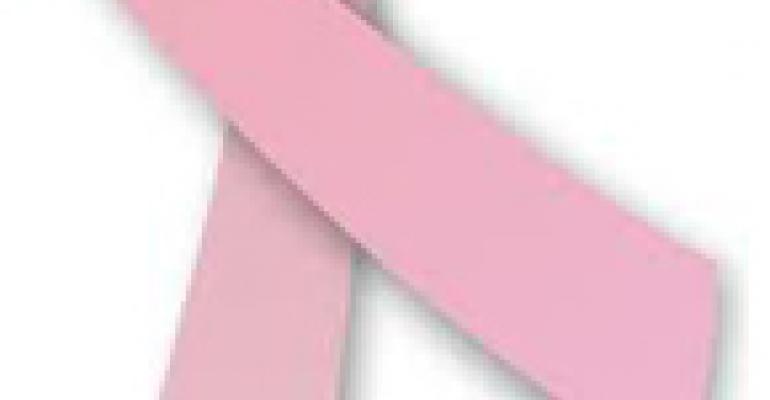
If you cater to families, you might consider adding some soy options to your menu. Why? A recent study suggests that girls and teens who consume soy regularly may see a reduced incidence of breast cancer later in life.
Scientists have long recognized that Japanese women are much less likely to develop breast cancer than American women. Early on, it was proposed that the Japanese consumption of soy-based foods might be one reason for this difference. But over the past 20 years since the National Cancer Institute first starting studying this relationship, no definitive conclusions have been reached. Research published over the past few years seems to have provided an explanation. For women to derive the breast cancer protective effects of soyfoods, consumption needs to occur during childhood and/or adolescence.
Two Chinese and two U.S. studies have evaluated this hypothesis. All four found that soy intake was associated with a reduction in breast cancer risk—anywhere from 28 to 60 percent. The amount of soy associated with benefits in these studies was only about 1-1.5 servings per day. So, for girls, reducing breast cancer risk may be as easy as drinking a cup of soymilk or adding some edamame or soynuts to a salad each day.
Research in animals suggests that compounds in soybeans called isoflavones might be responsible for the observed beneficial effects. Isoflavones cause changes in the developing breast that appear to make breast cells permanently less likely to be transformed into cancer cells later in life.
For now, the hypothesis that early soy intake is protective against breast cancer remains speculative. And it may be some time before researchers provide definitive evidence. But there is no reason for young girls not to begin eating soy right now in hopes that they will benefit as a result.





